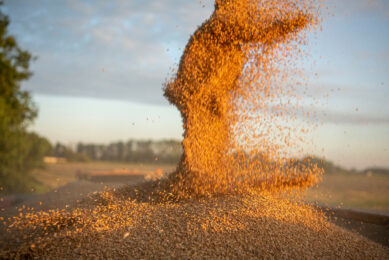World’s 2018 cereal production more than expected

This month, prices of the major grains were generally firm amid tightening export supplies and robust world demand.
This is according to the FAO that publishes the Food Price Index, an indicator of the monthly changes in international prices of a basket of food commodities and the commodity indexes such as the Cereal Price Index. Overall, global food prices began the year on a buoyant note, as the FAO Food Price Index averaged 164.8 points in January 2019, up 1.8% from the previous month. A sharp rebound in dairy price quotations and firmer prices of palm and soy oils drove the increase. The Food Price Index, was still 2.2% below its January 2018 level.
Cereal production up
The FAO Cereal Price Index averaged 168.1 points in January, up marginally from December. Prices of the major grains were generally firm amid tightening export supplies and robust world demand, as stated in the latest Cereal Supply and Demand Brief, also published by the FAO. The authors of the report write that the world’s 2018 cereal production estimate is lifted to 2,611 million tonnes, reflecting upward revisions of maize, wheat and rice. Production prospects for wheat are positive for 2019, with the early outlook pointing to significant rebounds in the European Union and the Russian Federation. Prospects for maize, soon to be harvested in the Southern Hemisphere, are generally strong in Argentina and Brazil, while dry weather has adversely affected plantings and yield prospects in South Africa.
Australia needs more feed wheat
FAO raised its estimate of world cereal utilisation in the 2018/19 season to 2,657 million tonnes, which would represent a 1.7% increase from the 2017/18 level. The use of grains to feed livestock is expected to increase, with Australia needing more wheat due to the impact of dry weather on grazing pastures and China, Mexico and the US expanding the use of coarse grains to an all-time high. As utilisation is foreseen to outpace output, world cereal stocks are projected to fall by 45 million tonnes, or 5.6%, from their record-high opening levels. This would result in the world stocks-to-use ratio for cereals declining to 28.5%, down from a nearly two-decade high of 30.8% in 2017/18. International trade in all cereals will likely approach 416 million tonnes in the 2018/19 marketing season, marginally below the 2017/18 record volume, according to FAO’s latest forecast.
Source: FAO











